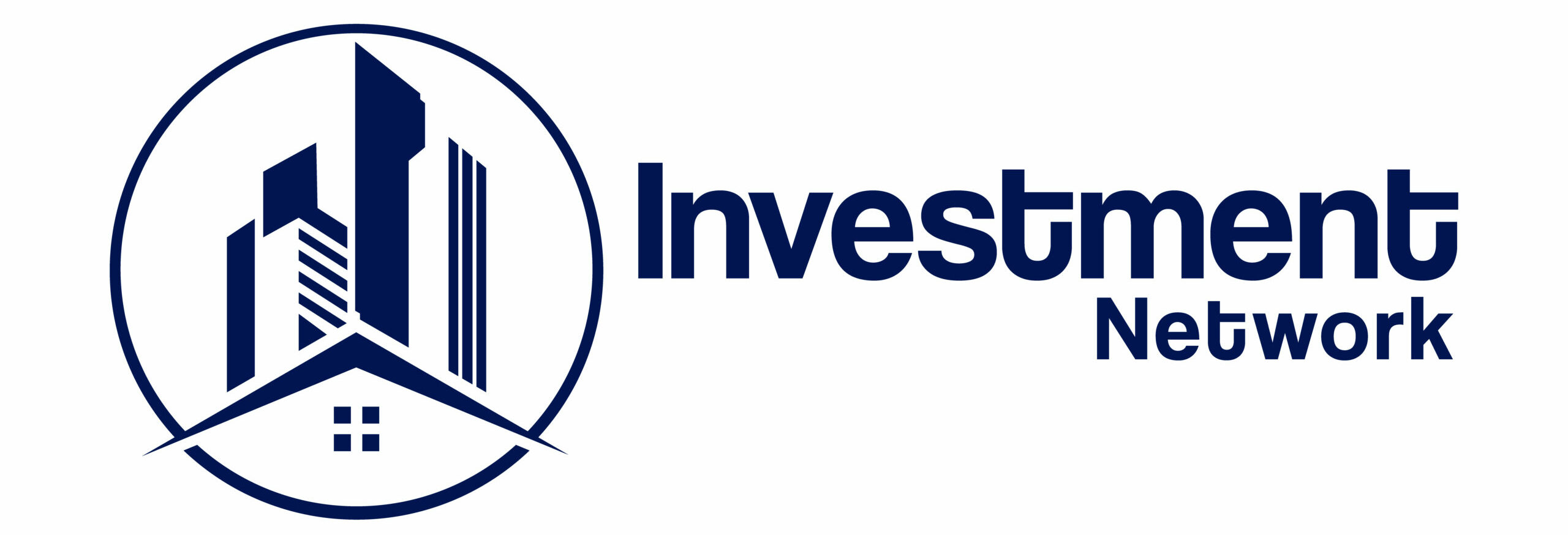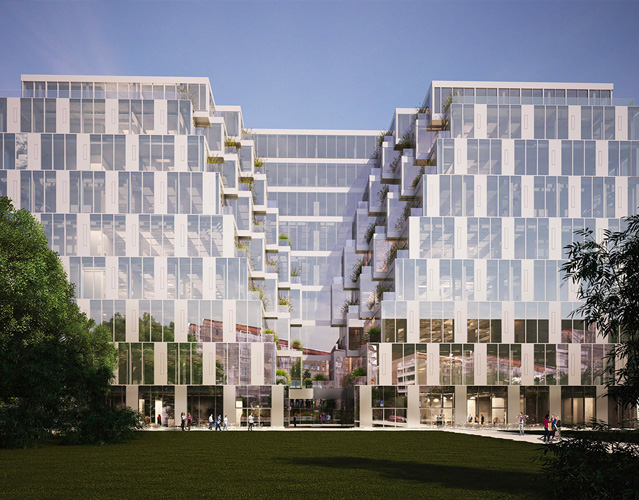Typically, assets are looked for as either buoys OR anchors for your portfolio, but DSTs can combine the best aspects of both.
What investment plan should be followed is one of the first things to consider for investors now thinking about investing in a Delaware Statutory Trust for either their 1031 exchange or direct-cash investment. Is it, for instance, the intention to increase appreciation even if this necessitates purchasing a riskier asset? Or is having a consistent monthly income the long-term plan, even if it means a slighter possibility for overall appreciation?
Financial experts sometimes refer to this as the “anchor and buoy” investment theory. The possibility to offer investors the advantages of both the anchor and buoy investment methods is one of the wonderful things about investments in Delaware Statutory Trusts.
DSTs As Buoy Investments
An ownership structure for real estate known as a Delaware Statutory Trust enables numerous investors to have an undivided beneficial interest in the trust’s holdings. By “beneficial interest,” it is meant that investors have a portion of the ownership and that no one person may claim sole ownership of any one feature of the real estate. The regulations governing DSTs permit the trust to hold title to one or more grade-A performing investment properties, such as retail, office, industrial, self-storage, net lease, commercial, multifamily, and so forth.
Consider a multifamily building with 500 tenants to understand better how to assess possible DST investments using the anchor and buoy approach. First, multifamily buildings are also evaluated on the basis of the amount of net operating income (NOI) they generate, whereas residential properties use comparable sales, or “comps,” to approximate valuation. The NOI of a property is determined by deducting operational costs from gross income.
In this instance, the multifamily building contains 500 tenants, all of whom pay rent on a monthly basis. Additionally, landlords have the option to increase rents perhaps each year because the majority of multifamily assets use yearly leases. Additionally, any vacancies can give owners another chance to perhaps increase rents when the vacancy is filled. Multifamily buildings behave like a buoy in this way, shifting and adapting to the environment.
Many investors favor assets like multifamily and self-storage because they can increase in value over time, even though all real estate investments have some material risks, such as interest rate risks, vacancies, prevailing market circumstances, and financing concerns. Additionally, because owners can theoretically boost rents each year to help offset rising costs, multifamily and self-storage are potentially seen as good “buoys” to hedge against inflation.
DSTs As Anchor Investments
What is an “anchor” DST investment if a multifamily building or a self-storage facility is deemed a “buoy”? For their DST 1031 exchange investments, many investors view a commercial net lease-type asset as more of an anchor investment. With a net lease, the tenant pays additional to the basic rent some or all of the expenditures related to the commercial property, such as taxes, insurance premiums, and maintenance costs.
Because most commercial net lease assets also evaluate the tenant’s creditworthiness, net lease properties can be seen as more of an anchor than properties that only use NOI and market capitalization rates (cap rates) as valuation indicators. For instance, FedEx or Walgreens, both of which are regarded as investment-grade tenants, are tenants who are more creditworthy than Joe’s Pizza Shop. If Joe’s Pizza Shop closes, investors may be left with an empty building, which could result in high maintenance bills and unpaid rent.



